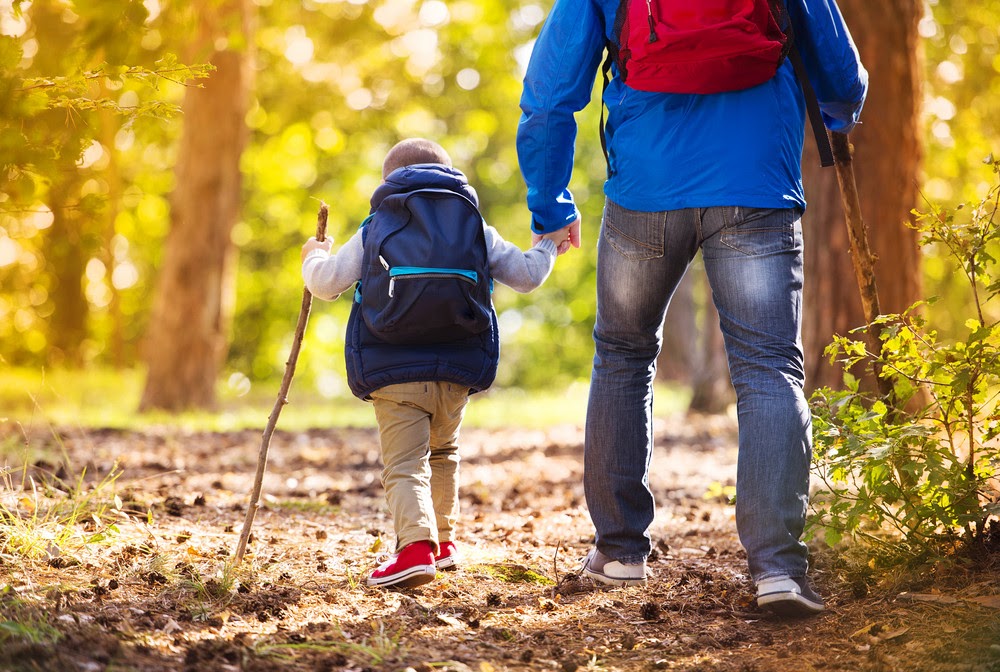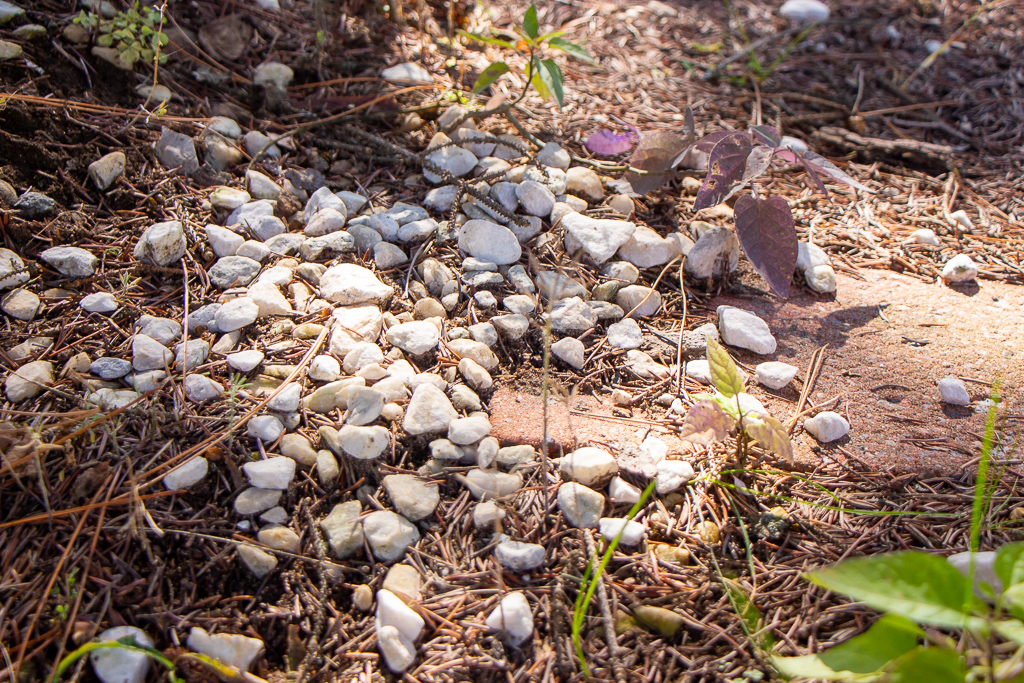Perhaps you own one of the more than 200 million copies of Minecraft sold as of May 2020, and you’re all played out since COVID-19 began. All that time indoors made you eager to enjoy the great outdoors and go hiking. You may not have hiked before and wonder what it entails.
Essential Hiking Safety Tips for Fall

Hiking refers to a vigorous walk in an outdoor environment, specifically the woods or hills. It includes lower and upper elevations and lasts for hours. If you will hike in the mountainous or steep hilled countryside, you might use a walking stick or poles to improve your traction and help you get up hills. You should also prepare yourself with education, equipment, and exercise beforehand because while hiking contributes to healthy living, you have to prepare for it.
Bring Water and Food
The essential equipment for hiking includes a backpack, sturdy hiking boots, a first aid kit, and flares. Within the backpack, you should pack water and food. You can’t drink creek or river water, so you need to pack bottled water to drink. You’ll need high-energy snacks like nuts and jerky that include lots of protein. Expect to expend about 400 to 500 calories in one hour of hiking for a 140-pound adult. A 220-pound person would expend about 725 to 765 calories. Hiking speed affects calories burned. That’s only one hour. A 140-pound female should eat about 1,300 to 1,600 calories a day, so in a three-hour hike, they’ve burned nearly half of their needed calories. High-protein snacks like granola bars and jerky keep your calories up so you do not tire out.
Identify Poisonous Plants
Before you go into the wild, you should know what plants to avoid. You might not realize it, but 85% of people have an allergy to the ubiquitous poison ivy. Poison ivy grows in many places, so you need to recognize it at a glance, so you can avoid it. You should also bone up on the things that hide under the plants – spiders, and snakes. Poisonous varieties of both live everywhere and reside in the woods and countryside.
Stay on Safe Paths
Research the area you want to explore before traveling there. Ensure that you know the paths to take and how to reach the nearest park ranger or forest service outpost. Leave a trip plan with a trusted friend or family member who won’t also go on the hike. It should include your planned path, departure time, planned return time, and a list of people going with you and their cell phone numbers.
Always stick to safe paths. Diverging from already cut trails invites the risk of falling. Learn to hike on the easy trails and work your way up to hiking raw lands. A fall in the woods can cause serious injury, such as a traumatic brain injury (TBI), a type of injury also occurring in combat, explosions, car accidents, domestic violence, and some sports.

Getting Physically Ready
When you know you want to start hiking, practice in the city first. You can use a treadmill or walk in a local park. Just make sure you have hills to make the experience more accurate. You need to train for hiking. You’ll be traveling mostly uphill in a deserted area with no way to grab an Uber home if you get tired. You should be able to hike the same number of miles you want to travel in the hilly territory close to home before you head into the woods for any hike. Start with a shorter hike, such as a one-mile hike. This probably won’t take you more than 15 to 20 minutes, but it will show you what you can do. Work up to a three-mile, then a five-mile hike. Since the average hike takes two to three hours, you typically hike for four to eight miles.
The fall air is calling many people to nature. Once you know all of these safety tips, you’re ready to enjoy your time outdoors and in the wide-open spaces.
Be sure you are subscribed so that you don’t miss a thing!
Let’s connect!